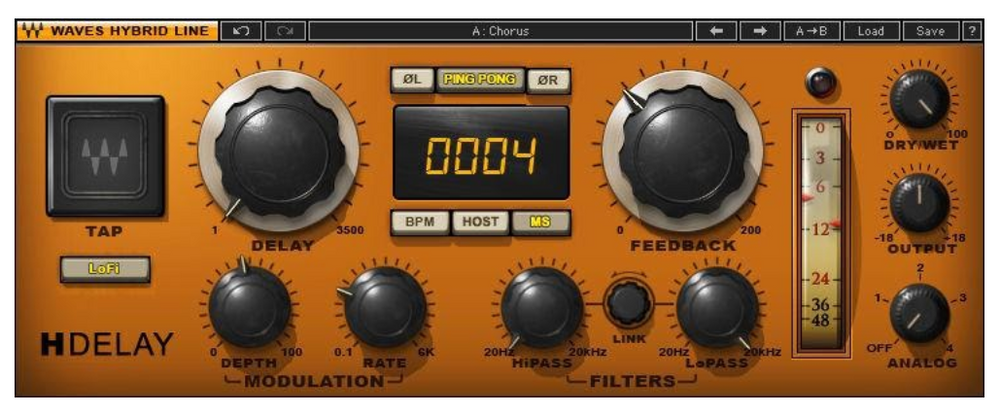music production, Uncategorized
Using Zoom to Deliver Online Music Production Lessons & Some Notes on Waves H-Delay Plugin
During this Covid-19 pandemic, we have had to adapt our teaching approach at WKMT. I myself welcomed the challenge to teach online, delivering compelling online music production lessons.
With some trial and error using various forms of software, I discovered that I can use Zoom for music lessons, especially for online music production lessons. This is due to Zoom offering the capabilities to not only screen share but also gain control over a student’s laptop or computer, a tool that proved to be invaluable when demonstrating techniques on a DAW such as Logic Pro.

Some Things to Consider…
The software isn’t perfect however, there are some workarounds that are needed to make the Zoom music class run smoothly.
First, Zoom only sends audio in mono, so whoever is on the receiving end of the call won’t hear any stereo information. This makes things such as panning, reverb, width etc… difficult to judge. The way I work around this is to have the student send their DAW session to me, and then I would make any comments/suggestions on the stereo aspects of the session. I could then send the session back to the student after the lesson.
Another thing to bear in mind when using Zoom is lag when using the remote control, whilst this remote-control feature is really useful, it can be slow at times to execute tasks on the student’s computer therefore patience is definitely a must in this situation.
To get the best out of music lessons on Zoom, I recommend that the teacher and student use headphones and microphones to communicate where possible, this will help clean up the sound and reduce background ambience, as audio quality is paramount for music production lessons.
In Summary…
Music production lessons have a place in online teaching, with technology like Zoom allowing what we do at WKMT to continue in an online platform.

What are the features of the ‘Waves H-Delay Plugin’
I take the chance of letting you know about this interesting plugin for your music production lessons.
In today’s climate of music production, we have endless options for effects at our fingertips, however, one classic effect that continues to have relevance is waves delay. The delay effect is essentially a repeating echo of a sound or instrument. We use delay in music production to create some ambience around a sound or to make an obvious repeating echo of a musical passage whether that be vocals or an instrument.
Here’s an example of a popular delay plugin, the Waves H-Delay, it features all the standard parameters that most delay plugins have: delay time, tempo sync, feedback, dry/wet with some added special features such as modulation, ping-pong, tap tempo, lo-fi, filters and an analog feature.

In the Waves H Delay, the delay time/tempo sync function sets the timing of the delay, it can be synced to different rhythmical divisions such as quarter or eighth notes so that the echo is in time with the BPM of the song. The tap tempo feature allows you to tap in the rhythm of the delay manually.
The feedback function controls the amount times the echo repeats, from one single echo at the lowest setting to infinite echoes at the maximum setting.
Dry/wet determines the amount of delay effect (wet) compared the original source sound (dry), with a setting 0 being completely dry with no delay effect heard and 100 being completely wet with only the delay effect heard.
The filters allow you to remove the high and low frequencies of the delayed signal which helps shape the depth of the delay sound.
The modulation adds some pitch modulation to the delayed signal which gives the sound a slighter thicker quality.
The analog feature adds analog noise to the signal to try and emulate old hardware delay units, which can give a more ‘vintage’ sound.
The ping pong feature allows the delay signal to bounce between panning left and right, creating some stereo width.
Do not hesitate to follow us for more Music Production posts!

